Roast turkey is fine and all, but I won’t lie to you, it’s not my favorite thing to eat. The recipe we did last year for salted turkey was the best I’ve ever used, and I was tempted to do that again this year. At the end of the day though, I wanted to do something different. Since I’ve been having so much fun with all my charcuterie projects, I decided to go that route for the Thanksgiving turkey. I give you turkey-cranberry sausage and turkey leg confit.
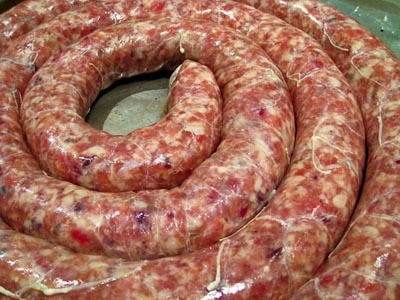
I’ll try not to belabor the sausage since I’ve written about it before. Using the Ruhlman/Polcyn recipe for turkey sausage with dried tart cherries from Charcuterie: The Craft of Salting, Smoking, and Curing
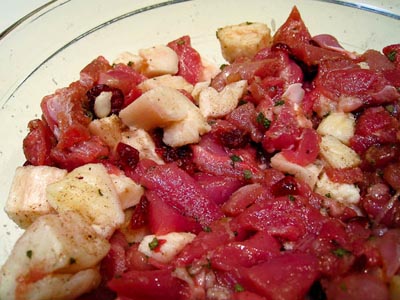
As usual, the turkey thighs and back fat were chunked up and mixed with the cranberries and seasonings and left to sit overnight so the flavors could meld.
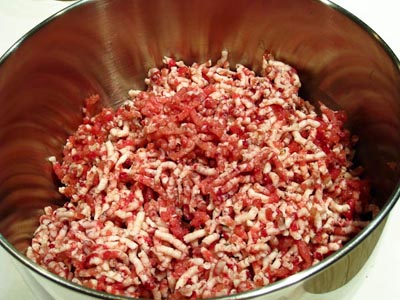
Then, the turkey thigh mixture was run through the chilled grinder attachment of our KitchenAid mixer into a bowl set in ice.
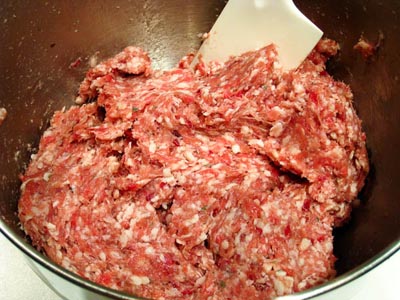
Next, came the primary bind, where the sausage is beaten with the paddle attachment on the mixer until the sausage is well combined.
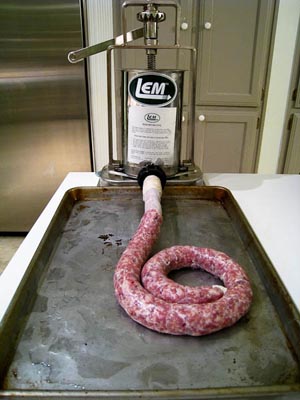
Then the sausage was stuffed into fresh hog casings. I cannot recommend highly enough this canister-type stuffer. Last time I used it, I got Sean to help me keep the casings filling properly while I cranked. This time, I was brave enough to perform the whole maneuver by myself, and it worked very well.
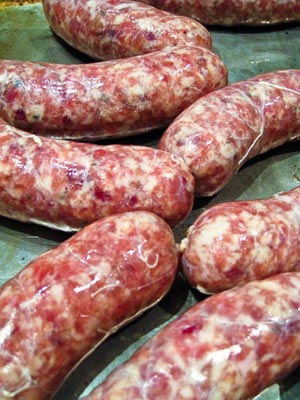
And finally, the sausage was twisted into six-inch links. These were cut and stored in the refrigerator till turkey day when they will be very slowly sauteed and served with homemade mustard.
The confit took a little more work (interestingly enough). In confiting, meat is first seasoned and allowed to sit for a day or two to let the flavors absorb, and then the seasoning is rinsed off and the meat is submerged in fat and slowly cooked until it is rich and flavorful and meltingly tender. Typically, it seems, confits are made of either duck or goose, both of which produce a fair amount of fat. Turkeys, on the other hand, especially when all you buy are thighs and legs, don’t produce a whole lot of fat on their own.
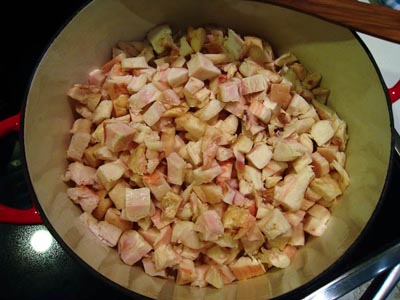
My idea had been to use some of the mountains of pork back fat I have hanging out in the freezer to render out enough lard to use it as the confiting fat. I first cut down the fat into a rough ½-inch dice - about three pounds of it. Then I added the fat and about ¾ cup of water to a enameled-cast-iron Dutch oven and began heating over very low heat. The idea is that the water heats and helps the fat melt and not stick to the pot. As the heat raises, the fat liquifies and the water evaporates away. The heat must be kept very low so as not to burn the fat and ruin the clean flavor of well-rendered lard.
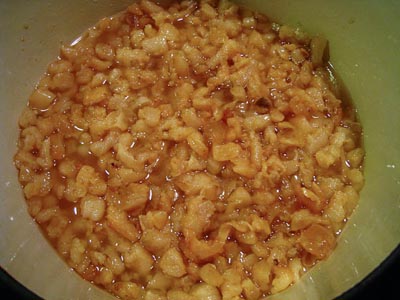
I ran into some difficulties (don’t I always). Everything I’ve read seemed to imply that rendering the lard should take a few hours. The problem is that after three hours, I had some liquified fat in my pan, but also had big chunks of obviously unrendered fat floating around too. After six hours, it was better but still not great.
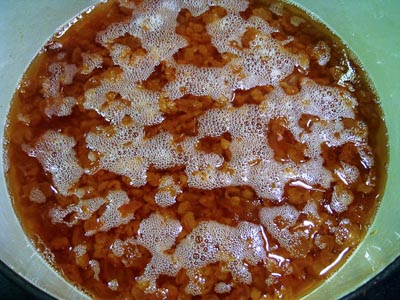
I raised the heat a tiny bit, thinking that was the problem. At the nine hour mark, I gave up. I ran the fat through a wire mesh strainer lined with a double layer of cheesecloth. Some of what I strained out was nice and crispy and cracklin’-like. But some of it was obviously not fully rendered. Also, the liquid fat was rather tan colored. From my reading, I was of the impression that it should be lighter in color.
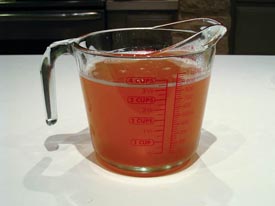
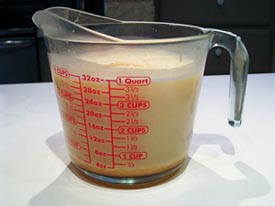
Refrigerating it didn’t turn it a nice clean white like I was expecting. The solidified fat was slightly yellowish and darkened more toward the bottom of the measuring cup (owing maybe to bad straining?). I was committed to the lard though, so I had every intention of using it anyway.
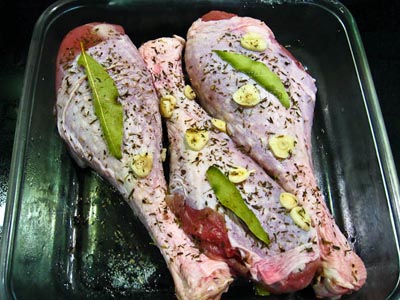
The turkey legs required some preparation as well. Since turkey legs are so huge, I thought I’d do two recipes, again from Charcuterie: The Craft of Salting, Smoking, and Curing
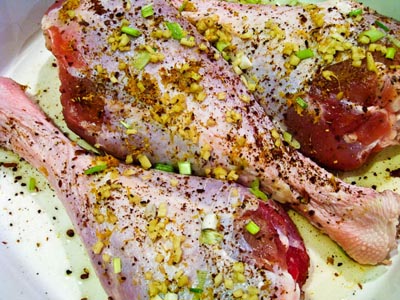
The other turkey legs were salt and peppered like the first, but they were also flavored with crushed star anise, cinnamon, chopped green onions, chopped garlic cloves, chopped ginger, and freshly grated orange zest. They smelled incredible. As before, these were stored in a nonreactive container and covered in plastic wrap.
I heated the lard till it was pourable and stuffed one set of legs into the Dutch oven and the other set of legs into an 8-quart stock pot. Had I put all the legs in a single pot thereby minimizing empty space, the not-quite four cups of lard might have been enough. As it was, I dumped about half the lard in each pan and then augmented with other fats. For the garlic-bay-thyme batch, I added olive oil till the legs were covered. For the anise-ginger-orange batch, I added peanut oil.
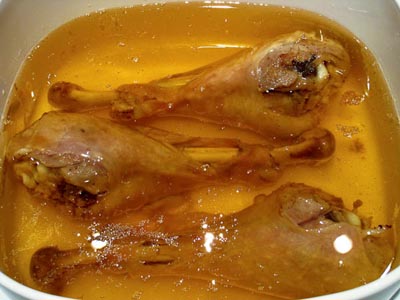
These were heated to a bare simmer on the stove top and then transferred to a 180-degree (F) oven to cook for about six hours. These are currently sitting in the refrigerator stored in their submerged fat to let the flavors ripen till Thanksgiving. Then they will be removed from the fat and sauteed till their skin is very crispy and their flesh warmed all the way through. These I plan to serve with a homemade cranberry chutney.
I’ll report back when we find out how these experiments go over with our guests. The bits I’ve tried so far have been tasty, so I have high hopes.